
Deutsch-Chinesische Enzyklopädie, 德汉百科
 Nei Mongol Zizhiqu-NM
Nei Mongol Zizhiqu-NM



达斡尔族是中国少数民族之一,主要分布于内蒙古自治区莫力达瓦达斡尔族自治旗、鄂温克族自治旗以及黑龙江省齐齐哈尔市梅里斯达斡尔族区一带;少数居住在新疆塔城。目前约有13.1万人。亦分布于俄罗斯(石勒喀河与伯力一带),俄罗斯称相关地区为达斡里亚(Даурия),即外贝加尔。
Die Daur (auch: Dauren, Daguren, Daghuren, Dachuren u. a.; Eigenbezeichnung: Daor; chinesisch 達斡爾族 / 达斡尔族, Pinyin Dáwò’ěrzú; bis Anfang der 1950er Jahre zählten Teile von ihnen zu den "Solonen" chinesisch 索倫, Pinyin Suòlún),[1] sind eine der 56 offiziell anerkannten Nationalitäten der Volksrepublik China. Sie sprechen eine Sprache aus der mongolischen Sprachfamilie. Nach der letzten Volkszählung im Jahr 2010 zählen sie 131.992 Menschen. Sie leben in der Inneren Mongolei (Hulun Buir, vor allem Morin Dawa), in Heilongjiang (Qiqihar, vor allem Meilisi, Youyi und Taha), und in Xinjiang (Tacheng).[2]
ダウール族(達斡爾族)は、モンゴル系の民族。中国領内の内モンゴル自治区北部のフルンボイル市、黒竜江省が元来の居住地であり、また清代の乾隆年間(18世紀後半)には新疆に駐屯兵が派遣され、その末裔数千人が旧駐屯地(現在のタルバガタイ地区)に分布している。人口は約13万2千人。
The Daur people (Khalkha Mongolian: Дагуур/Daguur; simplified Chinese: 达斡尔族; traditional Chinese: 達斡爾族; pinyin: Dáwò'ěr zú; the former name "Dahur" is considered derogatory[citation needed]) are a Mongolic-speaking ethnic group in northeastern China. The Daurian form one of the 56 ethnic groups officially recognised in the People's Republic of China. They numbered 131,992 according to the latest census (2010), and most of them live in Morin Dawa Daur Autonomous Banner in Hulun Buir, Inner Mongolia and Meilisi Daur District in Qiqihar, Heilongjiang of China. There are also some near Tacheng in Xinjiang, where their ancestors were moved during the Qing Dynasty.
Les Daur (chinois simplifié : 达斡尔族 ; chinois traditionnel : 達斡爾族 ; pinyin : ; l'ancien nom "Dahur" est considéré comme péjoratif[réf. nécessaire]) sont un groupe ethnique constituant un des 56 groupes ethniques officiellement identifiés par la République populaire de Chine.
I Daur (o anche Dahur, in Cinese: 达斡尔族, in Pinyin: Dáwò'ěrzú; il nome ufficiale "Dahur" è considerato dispregiativo) sono un gruppo etnico facente parte dei 56 gruppi etnici riconosciuti ufficialmente dalla Repubblica popolare cinese.
Secondo l'ultimo censimento del 2000, essi contano 132,394 individui, molti dei quali vivono sotto la Bandiera Autonoma dei Daur Morin Dawa (Mòlì Dáwǎ Dáwò'ěrzú Zìzhìqí 莫力达瓦达斡尔族自治旗), nella regione autonoma cinese detta "Mongolia Interna" (Nei Menggu). Geneticamente, i Daur sono discendenti dei Kitai, come hanno provato alcune recenti analisi del DNA[1].
Los daur (chino: 达斡尔族; pinyin: Dáwò'ěrzú) son una minoría étnica, una de las 56 oficialmente reconocidas por el gobierno de la República Popular China. Habitan principalmente en la región autónoma de Mongolia Interior y en las provincias de Heilongjiang y Xinjiang. Su población aproximada es de unas 13.000 personas.

Der Dazhao-Tempel (chinesisch 大召 oder 大召寺, Pinyin Dàzhào ‚Großer Tempel‘)[1] ist ein bedeutender Tempel der Gelug-Schule des tibetischen Buddhismus in der Altstadt von Hohhot, der Hauptstadt der Inneren Mongolei. Er wurde ursprünglich 1579 in der Zeit der Ming-Dynastie erbaut und gilt als der älteste lamaistische Tempel der Inneren Mongolei.
Zu seinen besonders verehrten religiösen Schätzen zählt eine vom 3. Dalai Lama 1586 anlässlich eines Besuchs gestiftete überlebensgroße silberne Shakyamuni-Statue, weshalb der Tempel auch Silber-Buddha-Tempel (chinesisch 银佛寺, Pinyin Yínfó Sì) genannt wird. Er besitzt auch einen Schrein für den Qing-Kaiser Kangxi und Wandgemälde, die an dessen Besuch erinnern. Zu seinen Kulturgütern zählen fein gearbeitete Drachen-Schnitzereien.
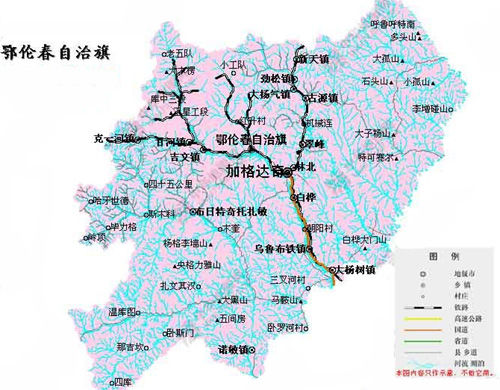
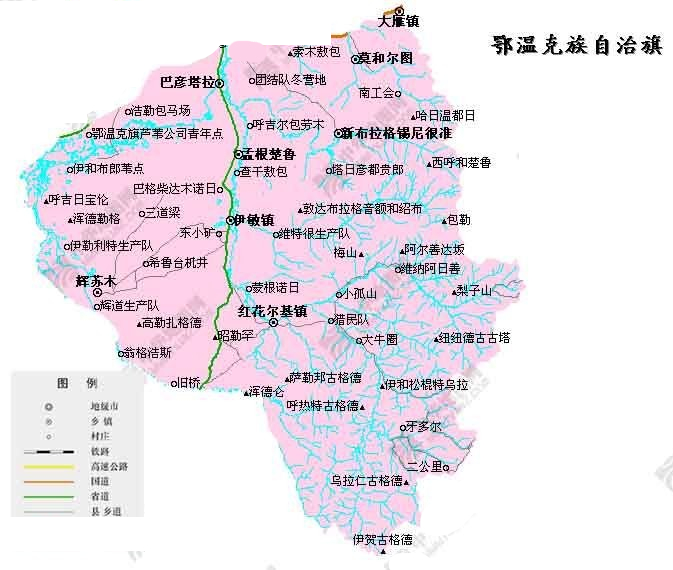

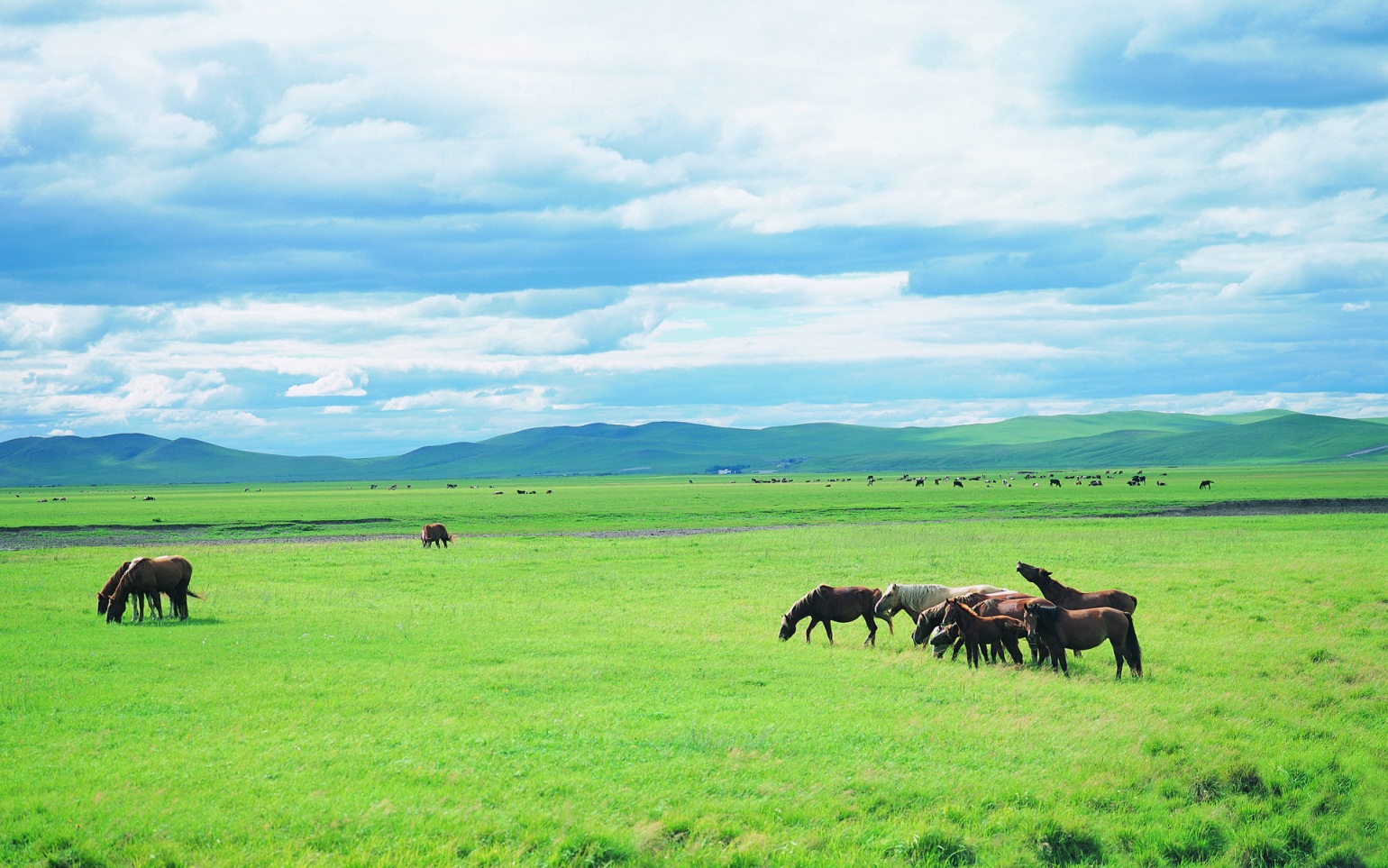
 Anhui Sheng-AH
Anhui Sheng-AH
 Heilongjiang Sheng-HL
Heilongjiang Sheng-HL
 Henan Sheng-HA
Henan Sheng-HA
 Jiangsu Sheng-JS
Jiangsu Sheng-JS
 Jilin Sheng-JL
Jilin Sheng-JL
 Liaoning Sheng-LN
Liaoning Sheng-LN
 Nei Mongol Zizhiqu-NM
Nei Mongol Zizhiqu-NM
 Shaanxi Sheng-SN
Shaanxi Sheng-SN
 Shandong Sheng-SD
Shandong Sheng-SD
 Sichuan Sheng-SC
Sichuan Sheng-SC
 Xizang Zizhiqu-XZ
Xizang Zizhiqu-XZ
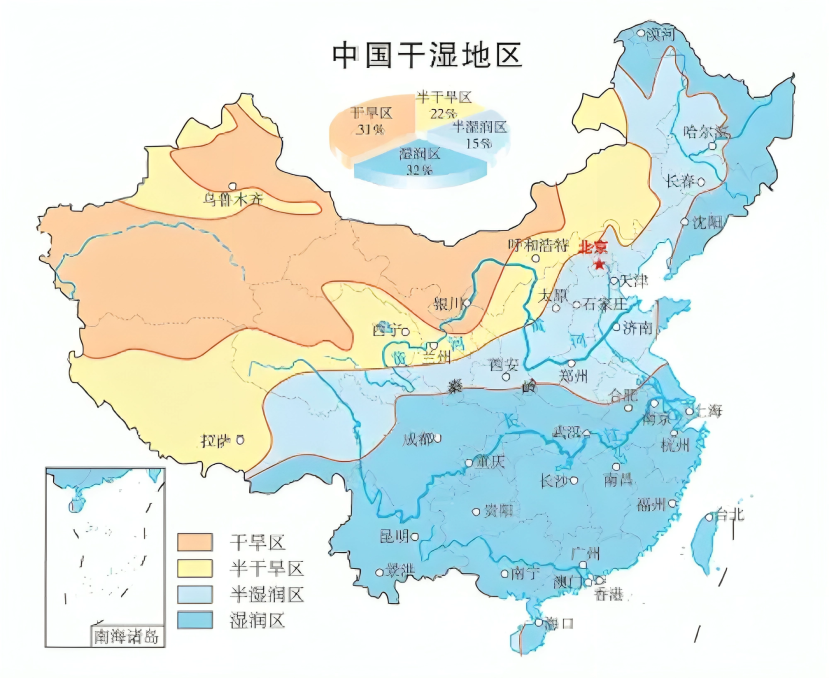





鄂温克族(俄语:Эвенки,旧称通古斯或索伦)是东北亚地区的一个民族,主要居住于俄罗斯西伯利亚以及中国内蒙古和黑龙江两省区,蒙古国也有少量分布。中国鄂温克人主要信仰萨满教,俄罗斯鄂温克人除少数信仰萨满教外,主要为东正教信徒。鄂温克人讲鄂温克语,属于阿尔泰语系—满-通古斯语族—通古斯语支,[1] 无文字。历史上曾使用满文。[2]
Die Ewenken (auch: Evenki; alte Bezeichnung: Tungusen) sind ein aus zahlreichen regionalen Gruppen und Clans bestehendes indigenes Volk. Ewenkische Gruppen leben über ein Gebiet verstreut, das größer ist als Europa. Außer in der Mehrheit der Regionen Sibiriens gibt es Ewenken in der Mongolei und in der Volksrepublik China (Rentier-Ewenken, Solonen, Bargu-Ewenken).
エヴェンキ(ロシア語 Эвенки(Evenki), 中国語 鄂温克族(拼音: ))は、ツングース系民族の一つで、主にロシア国内のクラスノヤルスク地方にある旧エヴェンキ自治管区地域に居住する。ほか、ロシア国内ではサハ共和国などにも居住し、中国国内でも興安嶺山脈周辺の内モンゴル自治区エヴェンキ族自治旗・黒竜江省などに居住している。エベンキとも表記される。
The Evenks (also spelled Ewenki or Evenki) (autonym: Эвэнкил Evenkil; Russian: Эвенки Evenki; Chinese: 鄂温克族 Èwēnkè Zú; formerly known as Tungus or Tunguz; Mongolian: Хамниган Khamnigan) or Aiwenji (Chinese: 埃文基族 āiwénjī Zú) are a Tungusic people of Northern Asia. In Russia, the Evenks are recognised as one of the indigenous peoples of the Russian North, with a population of 38,396 (2010 census). In China, the Evenki form one of the 56 ethnic groups officially recognised by the People's Republic of China, with a population of 30,875 (2010 census).[2] There are 537 Evenks, called Khamnigan in Mongolian, in Mongolia (2015 census).[3]
Les Evenks ou Ewenkis (russe : эвенков ; chinois simplifié : 鄂温克族 ; chinois traditionnel : 鄂溫克族 ; pinyin : ) constituent l'un des peuples Toungouses de Sibérie (Russie et Nord-Est de la Chine). Leur langue est une langue toungouse, l'evenki. Les Evenks forment au total une population d'environ 70 000 individus. Les Evenks ne pratiquent pas tous la même religion ; certains pratiquent le lamaïsme, d'autres sont orthodoxes et d'autres encore restent dans un système animiste articulé autour du chamanisme. Ils constituent également l'une des nationalités de Chine où, selon le recensement de 2000, ils seraient autour de 30 000.
Le recensement de 2010 a dénombré 38 396 Evenks en Russie1 contre 30 875 en Chine.
Gli Evenchi o Ėvenki[2][3] (russo Эвенки), in italiano chiamati Tungusi almeno fino al 1945, sono un popolo nomade della Siberia e fanno parte dei 56 gruppi etnici riconosciuti ufficialmente dalla Repubblica popolare cinese.
La etnia evenki o ewenki (chino: 鄂温克族; pinyin: Èwēnkè zú), antiguamente denominados tungús o tungúes, son un pueblo indígena originario de la zona norte de Siberia en Rusia. Los evenki forman una de las 56 minorías étnicas oficialmente reconocidas por el gobierno de la República Popular China.
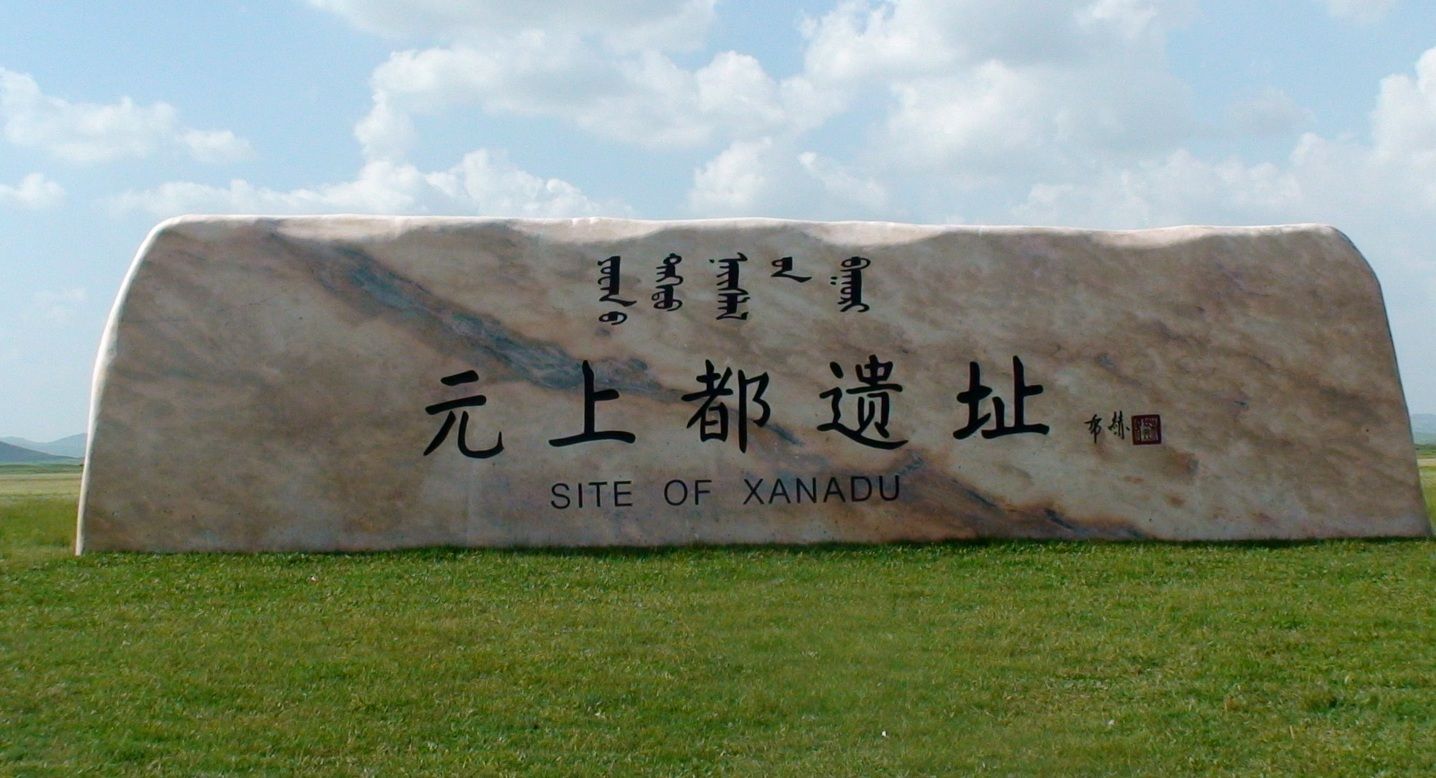
Xanadu, die ehemalige Hauptstadt Kublai Khan’s liegt im nordchinesischen autonomen Gebiet der Inneren Mongolei. Xanadu wurde 1256 gegründet und diente als Basis, von der aus Kublai Khan die Yuan-Dynastie etablierte. Diese bestand über ein Jahrhundert in China und weitete ihre Grenzen in ganz Asien aus. In Xanadu können bis heute Reste der Stadt mit Tempeln, Palästen, Gräbern, nomadische Lager und Wasserwerke bestaunt werden.

燃灯日(藏语:དགའ་ལྡན་ལྔ་མཆོད།,藏语音译甘丹阿曲,又译甘丹五供),是格鲁派为首的藏传佛教僧众于每年藏历10月25日以甘丹寺为中心、为纪念缅怀宗喀巴示寂涅槃而举行的宗教仪轨。每年的这一天,甘丹寺僧人会在大殿中用彩色矿石粉绘制坛城,用木料、酥油、糌粑塑制出各种神鬼、动物、花果、树木等形象并饰以五彩,供人祭祀和祈祷[1],与此同时,其他格鲁派僧众会在各自寺院内外的佛坛与家中窗台上点燃酥油灯,昼夜不灭[2],举行诵经、磕头、灯供仪式等活动,祈愿宗喀巴赐与善良的人们智慧与福祉[3]。
Galdan Namchot ist ein Fest, das in Tibet, Nepal, der Mongolei und vielen Regionen des Himalaya, insbesondere in Ladakh, Indien, gefeiert wird. Es dient dem Gedenken an die Geburt, das Parinirvana (Tod) und die Buddhaschaft von Je Tsongkhapa (1357-1419 n. Chr.), einem berühmten Gelehrten/Lehrer des tibetischen Buddhismus, dessen Aktivitäten zur Gründung der Gelug-Schule des tibetischen Buddhismus führten. Galdan Namchot markiert auch den Beginn der Neujahrsfeiern in Ladakh.
 Architecture
Architecture

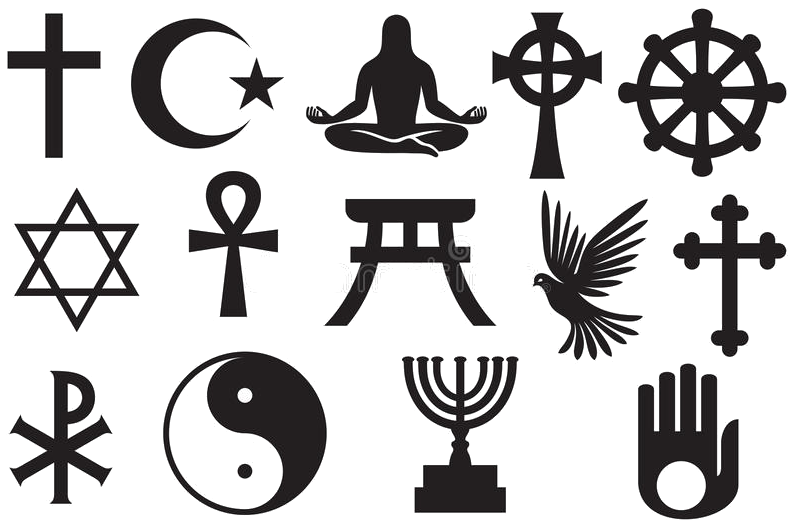 Religion
Religion
 Music charts
Music charts
 Geography
Geography
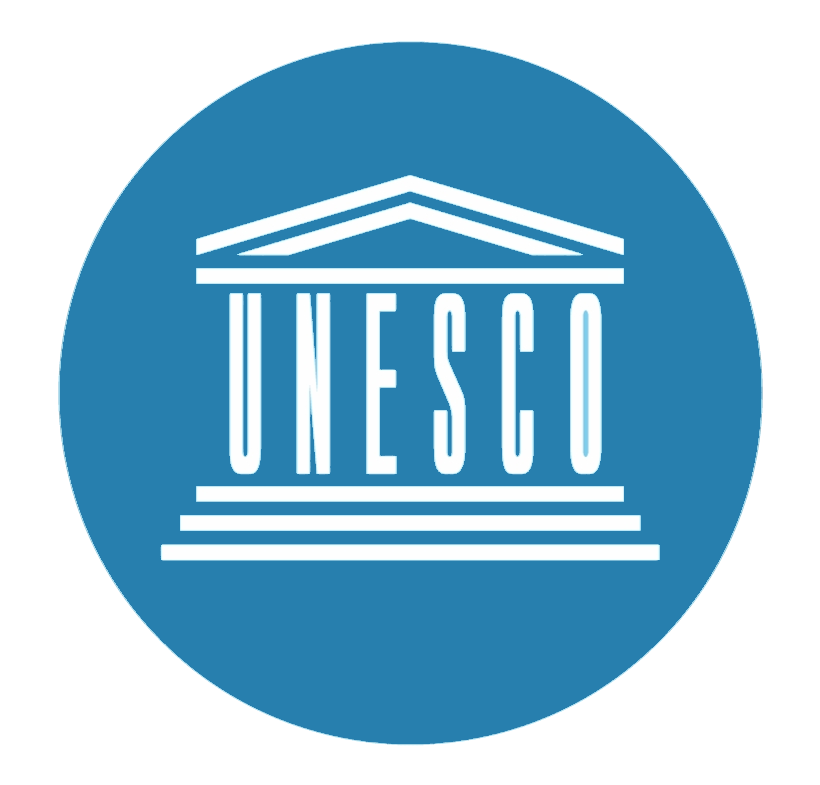 World Heritage
World Heritage
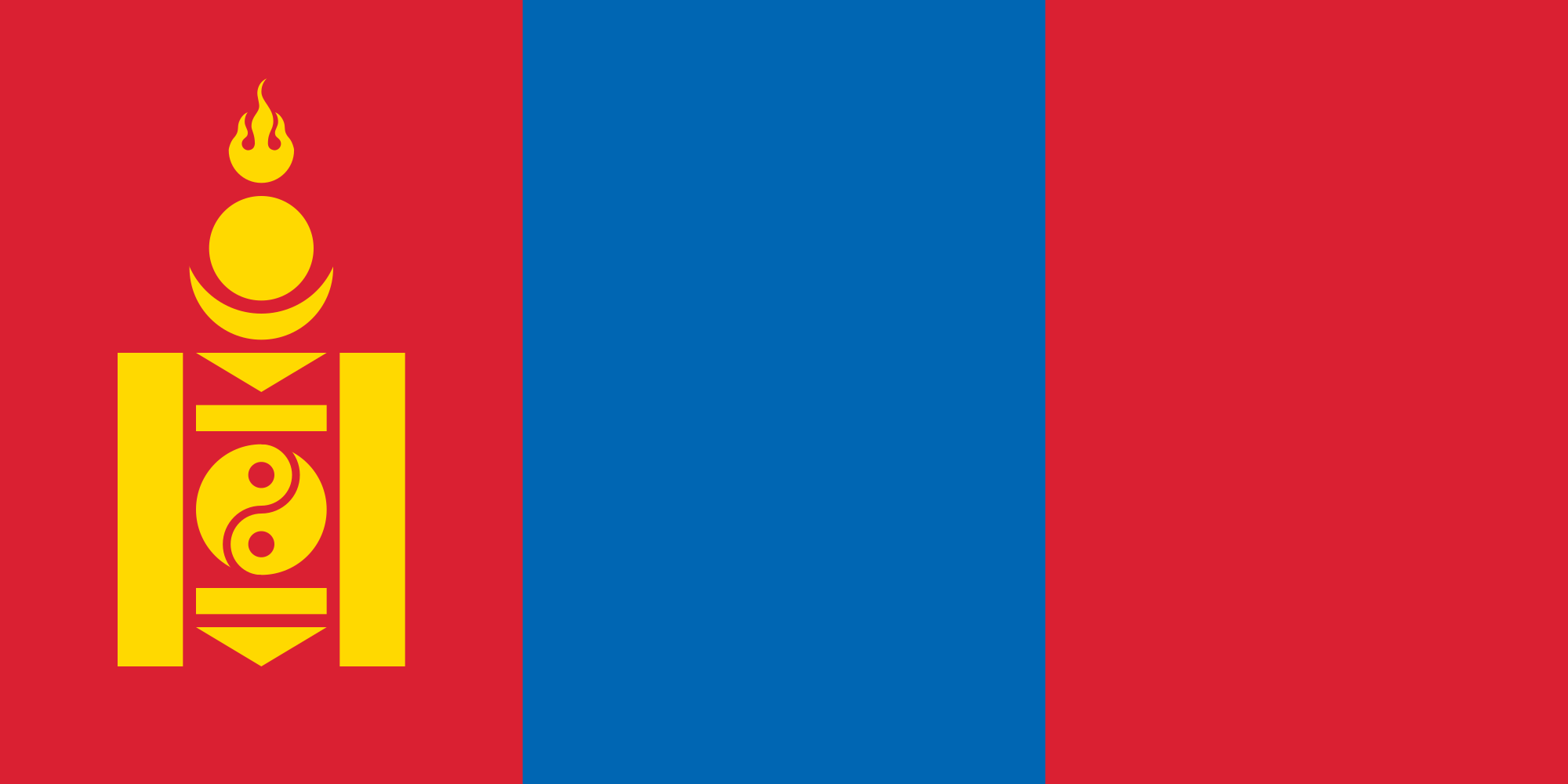 Mongolei
Mongolei